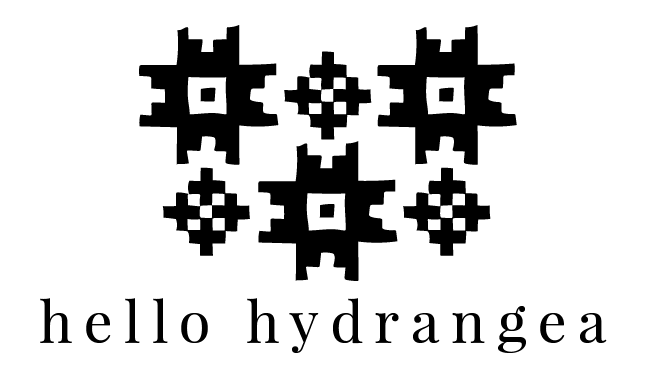Weaving with Wool

One day I may try spinning my own yarn for
. I've researched the process and it is fascinating! Until then I have been focused on learning how to use the different stages of fibers in weaving. If you are curious about the three most common fiber stages, read on!
UNCARDED WOOL


Uncarded wool is the fiber you get after shearing an animal. It can be from sheep, alpaca, even your dog - as long as their hair is long enough! It is usually very matted and knotted. It has to be cleaned of dirt, bugs and plants before you can dye it or weave with it.
Although the pieces of uncarded wool that you can use for weaving aren't long enough for a traditional tabby weave you can use a ria technique to fill in a bushy section of your weave. When it is held in place just grab some scissors and 'shave' the section down for a dense, carpet-like appearance.
ROVING


Roving is the next step in the fiber stage. The uncarded wool has been combed and batted into nice, long strips of wool right before being spun. Although roving can break easily by being pulled too hard, sections can be used in weaving for a bubble effect.
To include roving in your weave you must pull a long section (2x the length of your project) through your warp similar to a normal tabby weave. Then, starting in the middle grab sections through your warp strings and pull them out slightly so that they 'bubble'. Secure them in place and fluff them out!
SPUN YARN


S
The easiest and most common fiber stage that you can use in your weave is regular, spun yarn. This is the normal type of yarn that fiber artists use for crocheting and knitting. It is created from lengths of roving that have been tightened and spun into a strong rope-like shape.
There are many, many techniques that you can use to weave spun yarn into your tapestry. The most common is the tabby weave which goes 'over, under, over, under' your warp strings.
I don't think I could pick my favorite fiber stage to use. By using all three types of fiber together your weave will have an extra level of texture and interest!

